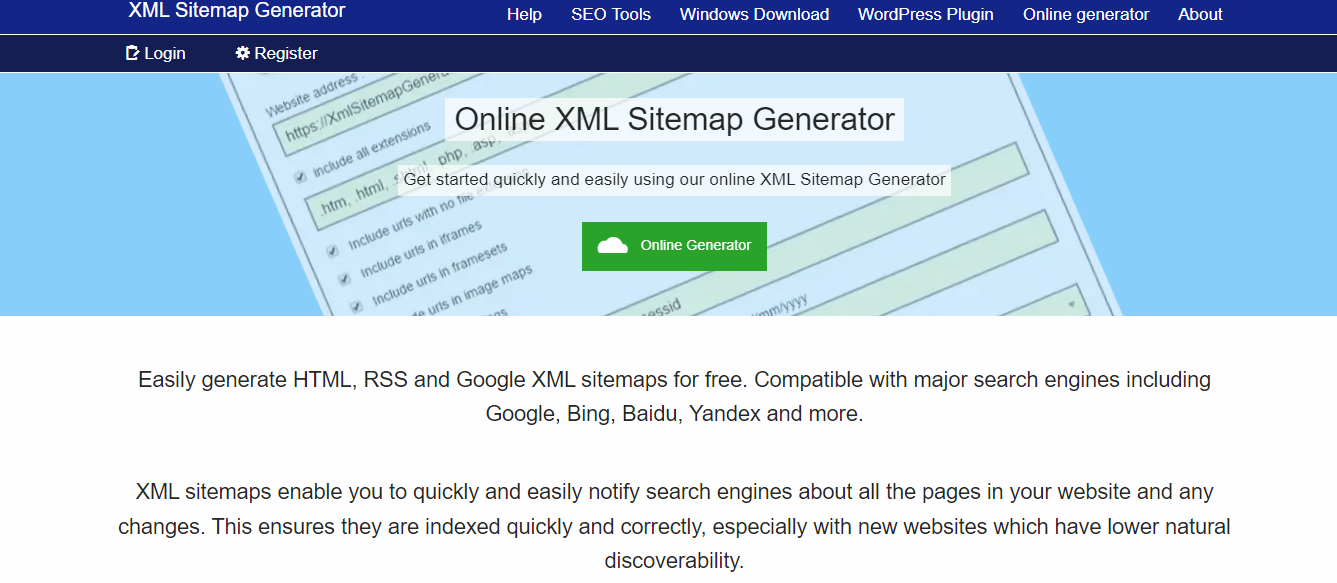Shopify is one of the most popular eCommerce platforms in the world—and for good reason. It offers a user-friendly interface, customizable themes, seamless analytics, and a vast marketplace of third-party apps. But having a beautiful online store isn’t enough. If you want to drive traffic, generate consistent sales, and grow your brand, you need to take your Shopify SEO seriously.
This guide will walk you through the essential strategies and best practices for optimizing your Shopify store for search engines, helping you rise above the competition and attract more organic visitors.
Why Shopify SEO Matters
Organic traffic from search engines is one of the most sustainable sources of customer acquisition. A well-optimized store ensures your products appear prominently when people search for relevant terms. Unlike paid advertising, SEO generates free traffic around the clock—no ad budget required.
1. Optimize Your Shopify Store Structure
Your site structure plays a vital role in how Google crawls and indexes your pages. A clean, intuitive architecture helps both users and search engines find what they’re looking for.
Best Practices:
- Use a simple hierarchy: Home > Category > Product.
- Keep your URLs short and keyword-rich.
- Avoid duplicate content and broken links.
- Ensure that important pages are linked in the main navigation.

2. Keyword Research for Shopify Products
Every great SEO strategy starts with understanding what your customers are searching for. Keyword research helps you discover the phrases that drive traffic and conversions in your niche.
Tips for Effective Keyword Research:
- Use tools like Google Keyword Planner, Ubersuggest, or Ahrefs to find relevant keywords.
- Focus on long-tail keywords for higher conversion rates (e.g., “handmade leather wallets” instead of “wallets”).
- Analyze competitors’ product pages and categories to find opportunities.
3. Optimize Product Pages
Your product pages are the heart of your store, and they must be fine-tuned for both search engines and buyers.
Key Elements to Optimize:
- Page Titles: Include target keywords and make them enticing.
- Meta Descriptions: Write compelling descriptions with a call to action.
- Product Descriptions: Avoid using generic manufacturer texts. Write unique, keyword-rich content.
- Alt Text for Images: Describe images with relevant keywords.
- URL Slugs: Keep them short, readable, and keyword-friendly.

4. Mobile Optimization
With more than 60% of all eCommerce traffic coming from mobile devices, a responsive design is essential. Shopify themes are typically mobile-friendly, but you still need to test your store thoroughly.
Ensure that:
- Your pages load quickly on all devices.
- The layout adapts without errors or distortions.
- Clickable elements are appropriately spaced.
5. Leverage Shopify Apps Wisely
There are many SEO apps on Shopify’s App Store—but not all of them are created equal. Choose tools that actually add value without bloating your site’s performance.
Recommended Shopify SEO Apps:
- Plug In SEO – for overall health checks.
- SEO Manager – for detailed on-page optimizations.
- Smart SEO – for automatic meta tag and image alt text generation.
6. Build Backlinks and Domain Authority
Backlinks—from reputable sites to yours—are one of the most important ranking factors. They act as votes of confidence to search engines.
How to Build Backlinks:
- Reach out to blogs and influencers in your niche.
- Create high-quality blog content that others want to reference.
- Guest post on relevant sites or industry forums.
- List your store in trusted directories or resource pages.
7. Monitor Performance and Consistently Improve
You can’t improve what you don’t measure. Monitoring your SEO performance helps you tweak your strategy and identify new opportunities.
Key Tools:
- Google Search Console: Track your site’s indexing and visibility.
- Google Analytics: Understand visitor behavior and top-performing pages.
- Shopify Analytics: Get detailed performance insights right from your dashboard.
Final Thoughts
Investing in Shopify SEO is a long-term strategy that pays dividends. By optimizing your site structure, targeting the right keywords, improving product pages, and building backlinks, you position yourself for sustainable growth and visibility in search engines.
Keep in mind that SEO is not a one-time task—it’s an ongoing process that requires regular attention. But with the right approach and persistence, your Shopify store can become a dominant player in your niche.
